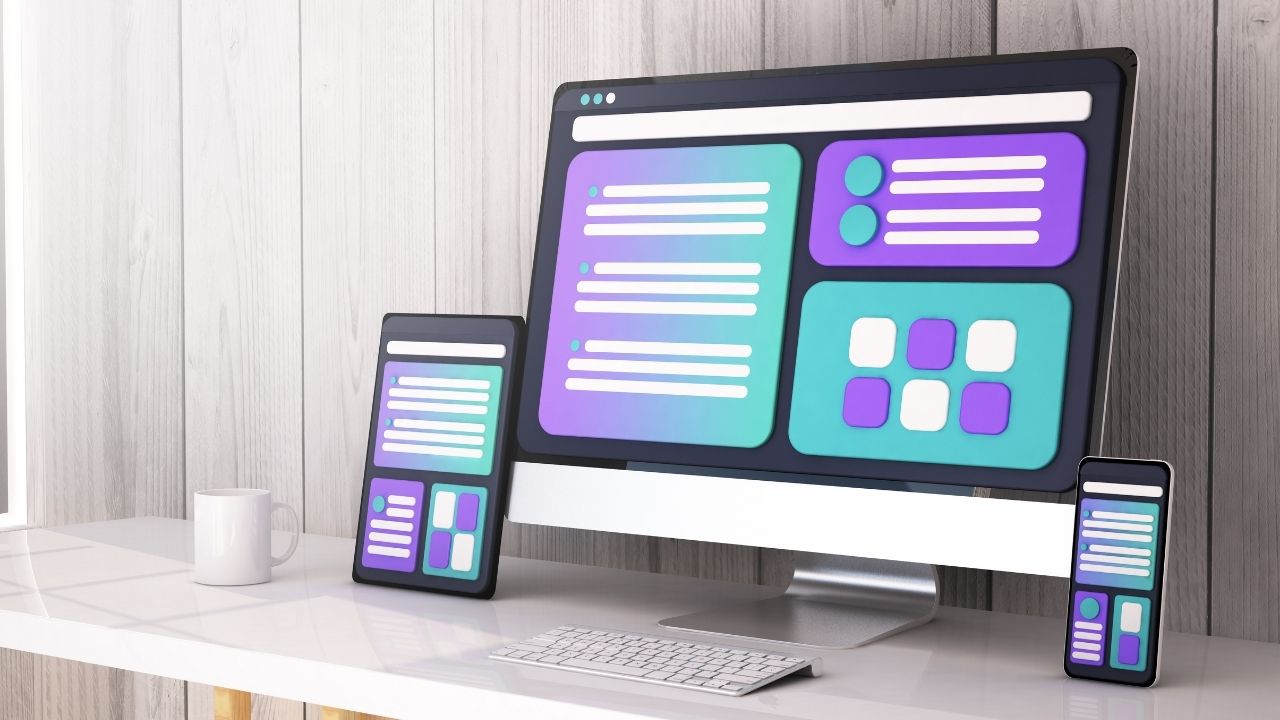Are you looking to create a website that is accessible to all users?
In this article, we will explore the importance of accessibility in web design and how it impacts individuals with disabilities. By understanding their needs, we can implement key principles for inclusive web design.
We will also discuss techniques for creating accessible content and the importance of evaluating and testing for accessibility.
Get ready to design a website that is truly inclusive and user-friendly.
Key Takeaways
- Inaccessible websites have a significant impact on users with disabilities, leading to frustration and exclusion.
- Implementing accessibility features ensures equal access for all users, promoting inclusivity and diversity.
- Accessible websites improve user experience, making it easier for everyone to navigate and interact with the content.
- Accessible websites can reach a wider audience and tap into a potential customer base they may have otherwise missed.
The Importance of Accessibility in Web Design
The importance of accessibility in web design can't be overstated. When a website is inaccessible, it has a significant impact on users with disabilities. They may struggle to navigate or access the content, leading to frustration and exclusion.
However, implementing accessibility features brings numerous benefits. Firstly, it ensures equal access for all users, promoting inclusivity and diversity. By making websites accessible, businesses can reach a wider audience and tap into a potential customer base they may have otherwise missed.
Moreover, accessible websites improve user experience, making it easier for everyone to navigate and interact with the content. This can lead to increased user satisfaction, repeat visits, and positive word-of-mouth.

Ultimately, incorporating accessibility features is not only the right thing to do but also a smart business decision.
Understanding the Needs of Users With Disabilities
Consider how you can better understand the needs of users with disabilities.
When designing for accessibility, it is crucial to take into account the various challenges that individuals with disabilities may face. One way to achieve this is by incorporating assistive technology solutions into your web design. These solutions can greatly enhance the user experience for people with disabilities, allowing them to navigate and interact with your website more effectively.
Additionally, user experience considerations play a significant role in understanding the needs of these users. By conducting user research and testing, you can gather valuable insights into the specific requirements and preferences of individuals with disabilities. This knowledge will enable you to make informed design decisions, creating a more inclusive and user-friendly experience for everyone.
Key Principles for Inclusive Web Design
To better understand the needs of users with disabilities, you should prioritize incorporating key principles into your web design. Design considerations for inclusive web design are essential to create an optimal user experience for all individuals.
One key principle is to ensure that your website is accessible to users with different types of disabilities, such as visual impairments or motor disabilities. This can be achieved by providing alternative text for images, implementing keyboard navigation, and using color contrast that is readable for people with low vision.
Another important principle is to design with flexibility in mind, allowing users to customize the interface based on their preferences and needs.

Techniques for Creating Accessible Content
You should prioritize incorporating techniques for creating accessible content into your website design.
One important technique is to ensure proper color contrast. This means using colors that have enough contrast to be easily distinguishable by people with visual impairments. By using a color contrast checker tool, you can ensure that your website meets the WCAG (Web Content Accessibility Guidelines) standards for color contrast.
Another technique to consider is keyboard navigation. This allows users to navigate your website using only their keyboard, which is essential for individuals with mobility impairments who cannot use a mouse. By implementing keyboard navigation, you make your website more accessible to a wider range of users.
Evaluating and Testing for Accessibility
When evaluating and testing for accessibility, it's important to conduct thorough checks to ensure that your website meets the necessary standards.
To do this, you can employ various evaluating methods. One effective approach is to gather user feedback. By actively seeking input from people with disabilities, you can gain valuable insights into how accessible your website is for them. This feedback can help you identify any barriers or challenges they may face when interacting with your site.
Additionally, you can use automated tools and manual testing to evaluate the accessibility of your website. Automated tools can quickly scan your site for common accessibility issues, while manual testing allows for a more in-depth assessment.
Frequently Asked Questions
How Can I Ensure That My Website Is Accessible to Users With Visual Impairments?
To ensure your website is accessible to users with visual impairments, use accessible design tips such as providing alternative text for images and ensuring proper color contrast. This improves the user experience for visually impaired individuals.

What Are Some Common Challenges Faced by Users With Cognitive Disabilities When Accessing Web Content?
Users with cognitive disabilities face challenges when accessing web content. However, there are strategies for improving cognitive accessibility. These strategies include clear and simple language, consistent navigation, and providing support tools like text-to-speech options.
Are There Any Specific Guidelines or Standards That I Should Follow to Make My Website Accessible?
To make your website accessible, follow accessibility guidelines and web design standards. These provide a framework for ensuring that all users, including those with disabilities, can navigate and interact with your site effectively.
How Can I Make Sure That Users Who Rely on Assistive Technologies Can Fully Access My Website?
To ensure equal access for users who rely on assistive technologies, make sure your website is compatible with these technologies. Consider using alt text for images, providing captions for videos, and using semantic markup.
What Are Some Effective Testing Methods to Evaluate the Accessibility of My Website?
To evaluate the accessibility of your website, try user testing and automated testing. User testing involves having individuals with disabilities navigate your site, while automated testing uses software to check for accessibility issues.
Conclusion
In conclusion, designing for accessibility is crucial in web design. By understanding the needs of users with disabilities and applying key principles for inclusive design, websites can ensure that everyone can access and navigate their content.
Techniques such as using proper headings, alt text for images, and color contrast can greatly enhance accessibility. Regular evaluation and testing for accessibility will ensure that the website remains inclusive and user-friendly.
So, keep these principles in mind to create a more accessible and inclusive web experience for all users.


